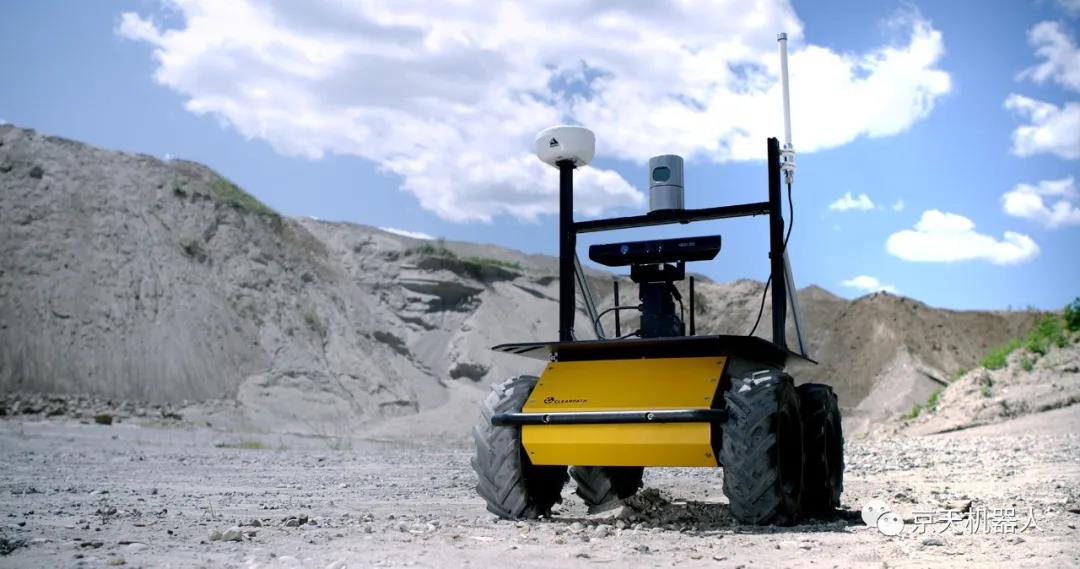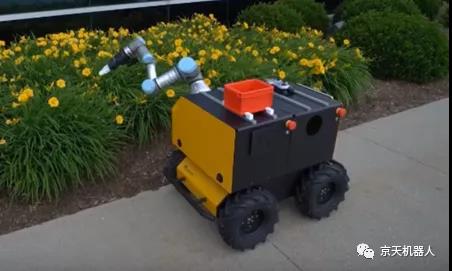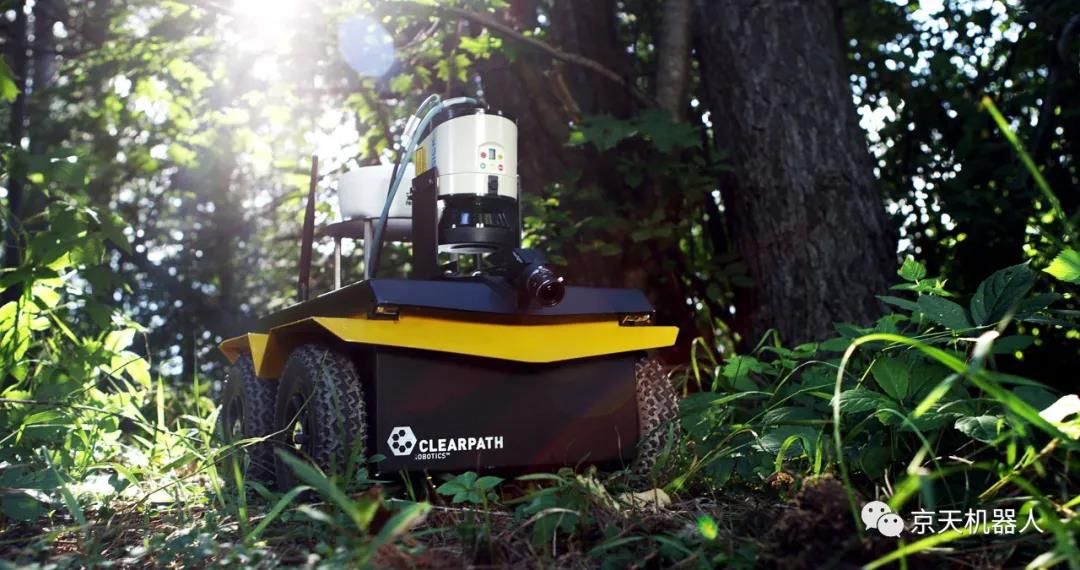
When you start thinking about implementing a robotic system, you may come up with some exciting ideas. Maybe you know exactly the problem you want to solve, or you already have a clear understanding of the platform you want to build. You naturally want to make it a reality by contacting the robot supplier and put your ideas into practice immediately.
But before you start actually building it, it's important to figure out information about your application. If you ignore these specific information, you may not be able to obtain corresponding support and quotations from the robotics service provider.
We have listed the key issues below. Answer them before contacting the robot company, you will save time and have more effective discussions with service providers.
First, clarify your needs
1. How do you want the robot to work?
Autonomous or remote control?
Do you need robots to operate completely autonomously, or some (or all) steps can be remotely controlled by humans?
Can you use the remote control for a proof-of-concept first, and then use a more autonomous system?
Is it operated by an expert or a beginner?
For example, software engineers and workers or other operators who are not familiar with robots, we need to provide software technical services and corresponding user profiles are completely different.
Need high precision, fast speed, and a wide range of operations-or do you want to meet all three?
How should the robot navigate accurately in its environment?
Does it need to follow a path precisely (such as driving on a narrow wooden board, or navigating in a corridor without touching a wall), or is it used in a wide space?
How should the robot accurately position itself at the end position?
For example, to pick fruit in an orchard, you may need a very sophisticated mobile grasping robot, depending on the size of the fruit and the distance between each fruit and other fruits.
You might set up a robot that carries a trash can and follows people as they pick fruit. In this case, you can use a robot that can be within 50cm of a person. And if you need the robot itself to pick the fruit, you may need the robot to be able to position itself in front of the fruit with an accuracy of less than 2.5cm.

What kind of power supply is needed?
Consider the running time required for the design and the actual running time required. You may want the robot to run continuously for 8 hours, but can you accept it for 4 hours?
If the robot you want needs a longer running time, please ask which power supply is compatible. It may be a large-capacity lithium battery, a battery plus a generator, a charging pile, a replaceable battery or other things.
Is it used indoors or outdoors?
Where will your solution be deployed: laboratory, factory or in the field?
If it is outdoors, does the robot need to work in all weather conditions? What is the most common type of weather in your operating area? Need to consider extreme conditions such as rain, low temperature, high temperature, and snow.
Do robots work alone or with humans?
Will people walk around the robot, or is it possible to come into contact with the robot?
Are these people trained to work with robots, or are they the general public?
2. How many features does your solution really need?
What key technologies do you hope to achieve?
Do you consider secondary sales for the final product you buy?
As you enter the budget discussion phase, it’s helpful to know what you’re willing to give up temporarily. You can add other features at any time in the future.
3.What is your time?
Depending on the complexity of the project, it may take you three months to six months or more to have a usable prototype. How does this affect your plan?
Do you handle every aspect of the development process (such as software or user interface) by yourself?
If you are going through a custom development cycle, you need to allow time for preliminary scoping/planning, prototyping and multiple iterations to enable you to reach your final goal.
Does your test case require safety certification?
Check if your industry or geographic area requires any safety certifications, such as the CE marking required by Europe. The certification process may add months to the project.
hen, ask the robot company
1. What is the prospect of your chosen direction?
After discussing the plan, any suggestions in your direction?
2. Your time schedule?
When can you start this work?
What do you think might cause the delay?
Parts delivery time, certification and solving new problems in robot integration.
3. Your experience?
Have you worked on a similar project (product, scale, timeline) before? What are the results?
4. What can you provide us now: concept design or complete proof of concept?
Can we use existing technology to quickly obtain proof of concept?
You may now want to consider using an existing robot platform as an alternative to roughly judge whether the application idea is feasible.
(This is exactly the purpose of the Clearpath robotics platform: you can develop your own application at any time without performing all the work involved in the custom design!)
We usually recommend starting with one of our products, such as Husky, where we can find out the sensor array or configuration you may need, add any software you may want to install, and use that setting to develop basic applications to see if it works.
For example, at an airport, a delivery vehicle is filled with luggage and pulled by a human-driven tractor device.
We may use Husky as a stand-in to test the idea of an automatic baggage handler before completing all the work to develop a new fully automatic luggage case.
In conclusion
Before you start customizing the robot platform, you must clarify these points, which will better determine the right solution for you.
Do you want to use the robot operating system ROS to transfer the project from concept to design or obtain a full range of services to elevate the project to a new level? Please contact us and we will point you in the right direction.


Donghu Robot Laboratory, 2nd Floor, Baogu Innovation and Entrepreneurship Center,Wuhan City,Hubei Province,China
Tel:027-87522899,027-87522877
Robot System Integration
Artificial Intelligence Robots
Mobile Robot
Collaborative Robotic Arm
ROS modular robot
Servo and sensor accessories
Scientific Research
Professional Co Construction
Training Center
Academic Conference
Experimental instruction
Jingtian Cup Event